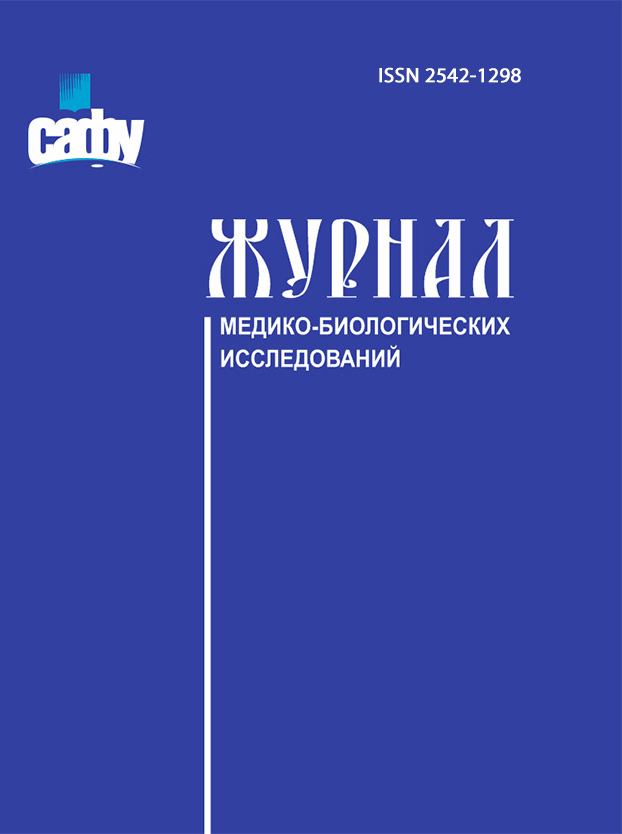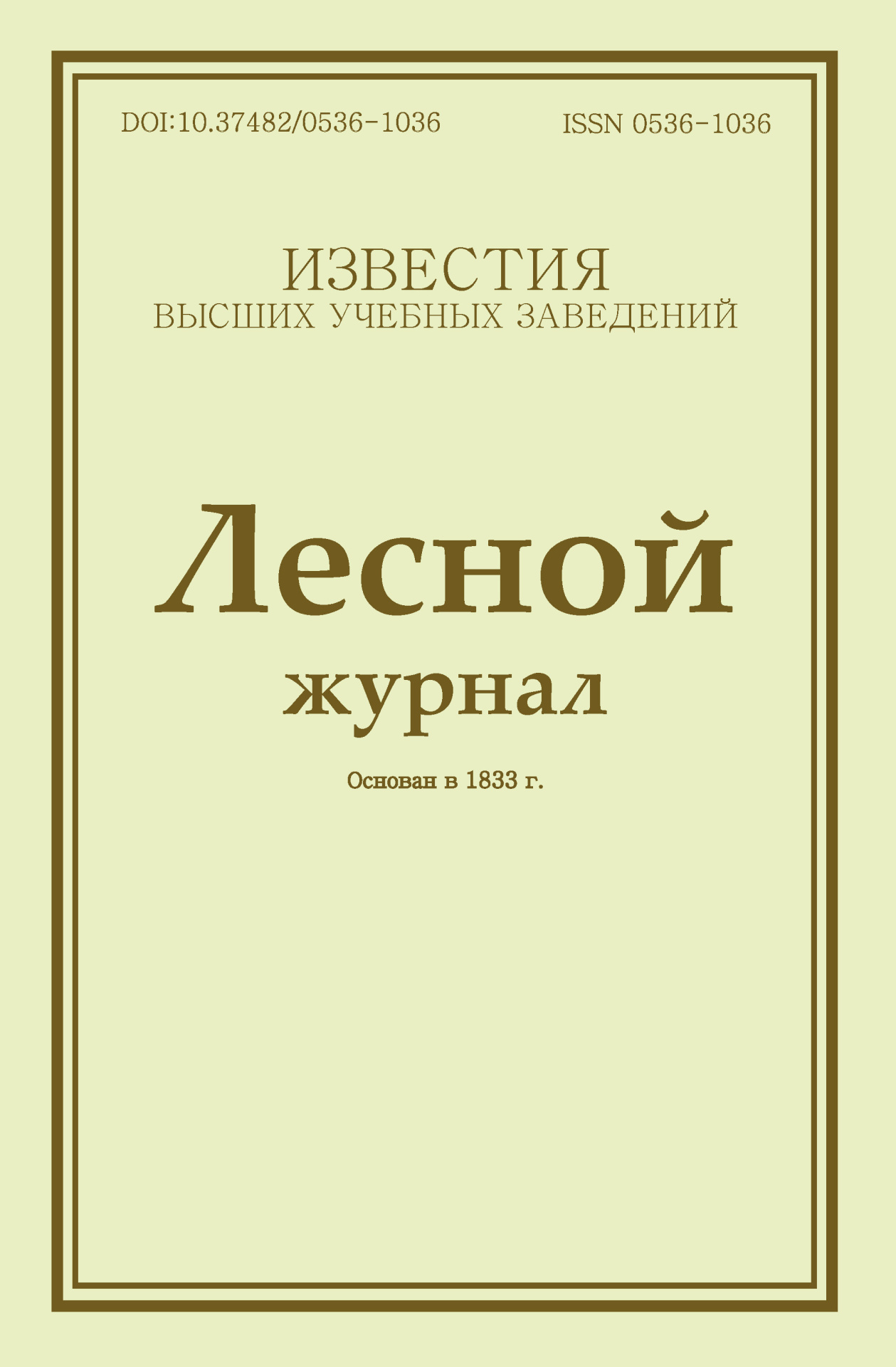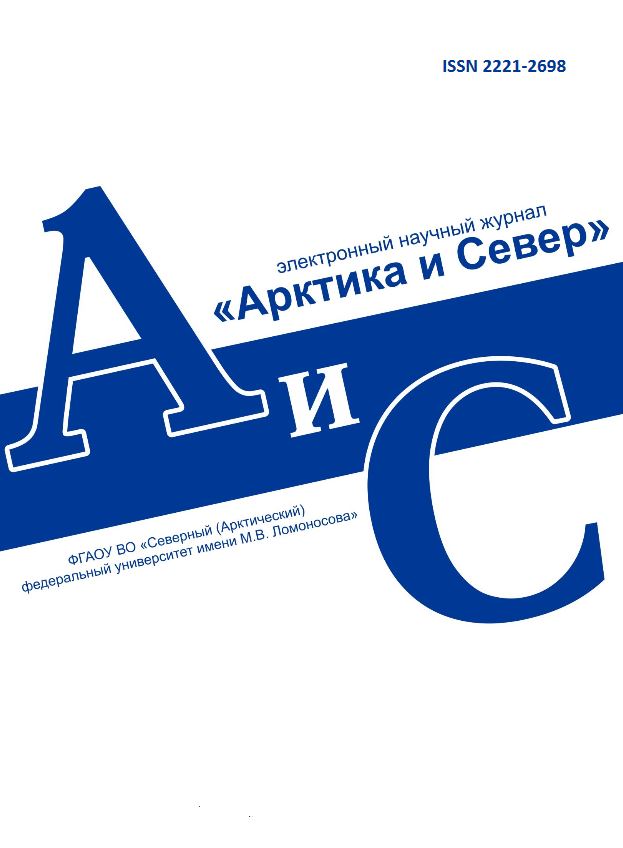
Vestnik of Northern (Arctic) Federal University.
Series "Humanitarian and Social Sciences"
ISSN 2227-6564 e-ISSN 2687-1505 DOI:10.37482/2687-1505
Legal and postal addresses of the founder and publisher: Northern (Arctic) Federal University named after M.V. Lomonosov, Naberezhnaya Severnoy Dviny, 17, Arkhangelsk, 163002, Russian Federation Editorial office address: Vestnik of Northern (Arctic) Federal University. Series "Humanitarian and Social Sciences", 56 ul. Uritskogo, Arkhangelsk
Phone: (8182) 21-61-20, ext. 18-20 ABOUT JOURNAL |
Section: Philosophy, Sociology, Politology Download (pdf, 2.2MB )UDC17; 228AuthorsPetev Nikolay IvanovichPostgraduate Student, Vladimir State University (Vladimir, Russia) AbstractThis paper dwells on the moral aspect of The Book of Revelation by John the Apostle, which is reflected in the overall picture of the eschatological destruction of life. There are many interpretations of the text but no common view on its content. Approaches to this issue from the point of view of theology, ethics and religious studies, which have different relation to the eschatological destruction of life, are analyzed. In addition, the paper studies the images and symbols of Revelation which show the moral aspect of the text. John the Apostle’s symbolism is a complex system, the content of which can only come to light upon an in-depth analysis of Revelation. Thus, the author singles out various categories of symbols. Further, the influence of the images in Revelation on the moral and psychological state of a person is studied; the numinous side of the text’s symbolism is revealed and examined. Special attention is given to the negative symbols that stimulate moral authenticity of a person. The system of symbols and images in Revelation as a whole is the only way of expressing negative and positive values (ideals) in their entirety and in all their aspects. Due to the limited language means, it is almost impossible to give a precise definition of the values. With this in mind, we can understand why imagery in this case was the best solution. In addition, the paper turns to the main issues of value substitution, providentialism, and allowing of evil, which have to do with the eschatological paradigm of The Apocalypse by John the Apostle. KeywordsChristian ethics, moral aspect of The Apocalypse, ethical eschatology, numen of Revelation’s symbols, personified symbolism of The Apocalypse by John the Apostle, The Book of Revelation, value substitutionReferences
|
Make a Submission
INDEXED IN:
|
Продолжая просмотр сайта, я соглашаюсь с использованием файлов cookie владельцем сайта в соответствии с Политикой в отношении файлов cookie, в том числе на передачу данных, указанных в Политике, третьим лицам (статистическим службам сети Интернет).






